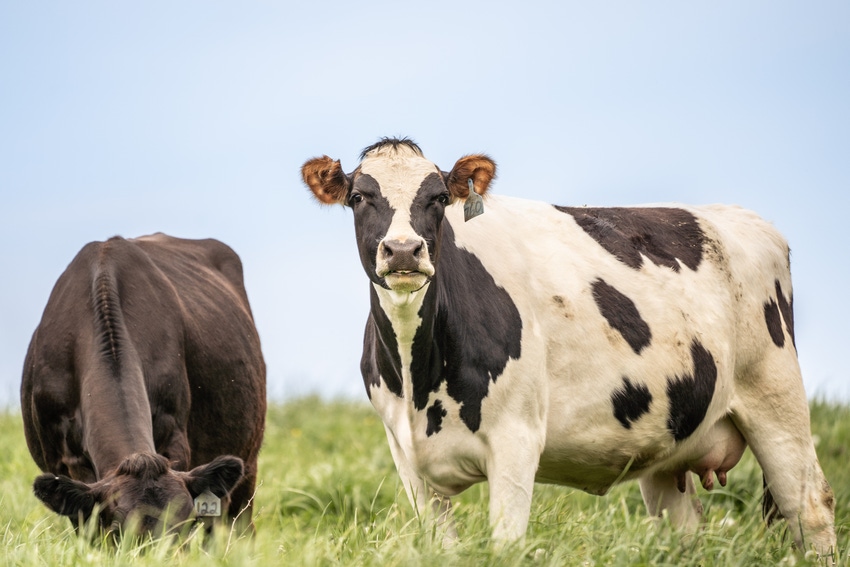Study details IMI dynamics in organically raised first-lactation cows
Bacteria-causing IMI present in first sample taken at calving, suggesting bacteria may have been present in the gland prior to calving.
October 20, 2023

A recent study of organic dairy farms in the United States led by researchers from the University of Minnesota College of Veterinary Medicine sheds light on the dynamics of intramammary infections (IMI) in young dairy cows. Organic dairy production is on the rise, driven by consumer demand for organic products—and raising healthy cows is a cornerstone of meeting this rising demand. The new study offers insights into management practices that can benefit organic and conventional farmers alike.
IMIs are common and costly for all dairy producers, including organic farmers. IMIs lead to numerous negative outcomes including reduced milk production, lowered milk quality, and increased veterinary costs for producers.
Effective management practices to prevent and treat IMI are crucial to maintaining the health and productivity of their dairy herds and ensuring the sustainability of their operations. However, many of these practices are focused on cows that have already given birth.
Additionally, organic farms have limited treatment options available for IMI because of the requirements for organic certification. Understanding the unique dynamics of IMI in first-time mother cows on organic dairies is an essential first step to enable improved management and treatment of IMIs across diverse types of farms..
The study of 503 primiparous (first-time mother) cows from five USDA organic certified dairy farms found that 84.7% had an IMI during the postpartum period. Many of the bacteria-causing IMI were present in the first sample taken at calving, suggesting that the bacteria may have been present in the gland prior to calving. Staphylococcus aureus, a challenging bacterium associated with mastitis, was very common on some of the farms, while other farms had few or no cows with this troublesome pathogen. Additionally, Staphylococcus aureus and Staphylococcus chromogenes persisted in the mammary gland over multiple weeks, highlighting the challenge in controlling these infections..
The study highlights the common threads of IMI dynamics in organically raised first-lactation cows, and underscores the need for increased focus on the prepartum period. Further research is required to explore these dynamics in a larger number of organic farms and to identify potential herd-level risk factors.
Read the full study in the Journal of Dairy Science.
You May Also Like


